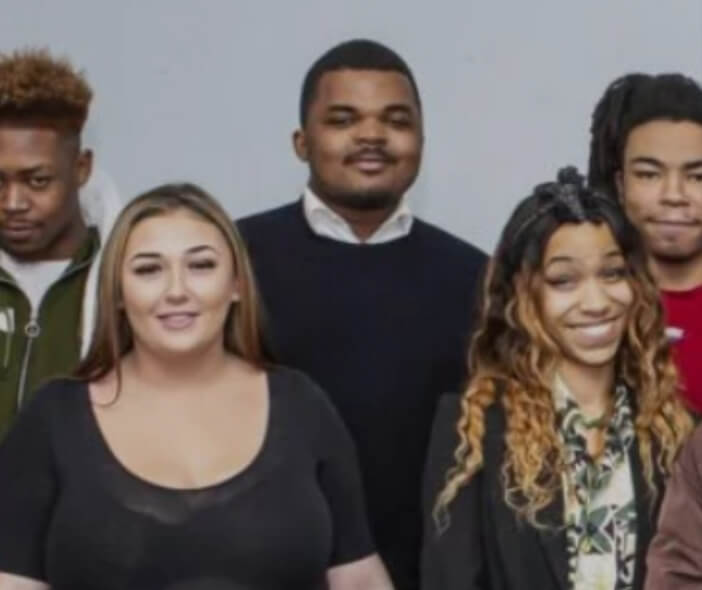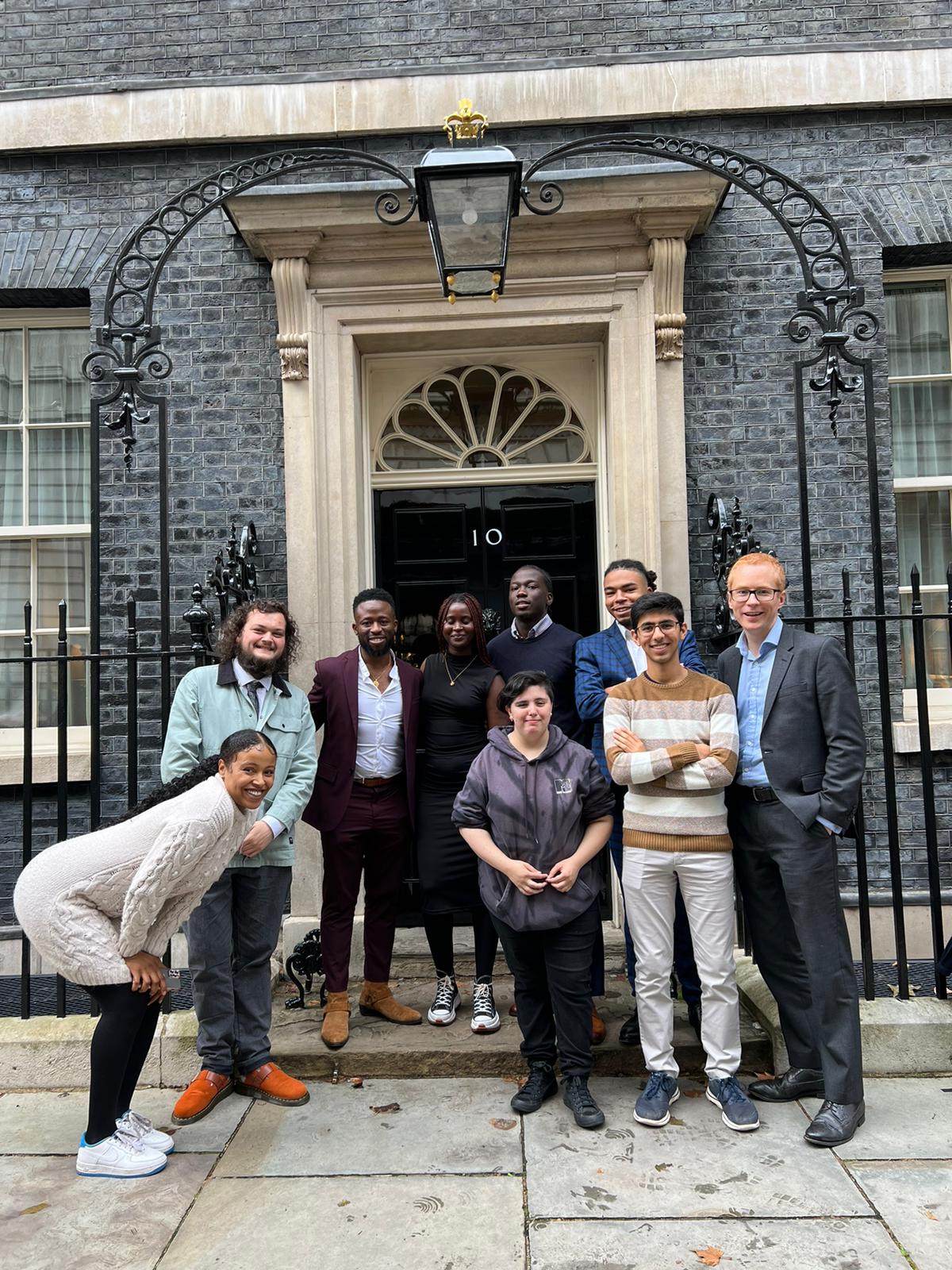Blog
One teenager punches and kicks another until the victim curls up in the foetal position on the ground. A boy sexually assaults a girl, while his friends cheer him on from the sidelines.
These are the types of videos that over half of our teenage children saw last year on TikTok and other social media platforms. Not other people’s children – our children.
Our research reveals that 60 per cent of children have witnessed real-world acts of violence on social media in the last year. Almost a third saw footage involving weapons. And a quarter saw content promoting violence against women and girls. Almost half of children using TikTok saw violent content.
It is shocking enough that people are going out with the specific aim of filming themselves committing an act of violence. What is even more shocking is that social media platforms are actively pushing this content to children.
Few of the children who saw content promoting violence against women and girls have been searching for it. Most see it because it’s on someone else’s profile or – disturbingly – because the social media platform has pushed it as recommended content.
It is simply not acceptable that teenagers going online looking for dance routines or beauty tips end up seeing acts of violence that would haunt adults for days – let alone impressionable 13-year-olds.
If that were the end of the story, it would still be reason enough for our social media Barons to hang their heads in shame. But it is not the end of the story. Social media is not just sharing violence with our children, it appears to be driving violence on our streets.
Four in 10 teenage children describe social media as a major factor driving violence. That’s almost as high as the number who point the finger at gangs or drugs. Those more involved in violence are even more certain that social media is a cause.
Why would this be? It’s simple. Social media makes everything public. If you are insulted on social media – you are insulted in public. Public insults make retaliation more likely. A child who – in a moment of pique – tells a mate that they’re going to beat someone up, can deny they said it when they’ve calmed down. That doesn’t work if you’ve put it on Tiktok. The pressure to act becomes harder to walk back from.
Teenagers have had enough of this. One in three says that they would prefer a world with no social media at all. This rises to one in two among those teenagers who have been the victims – or the perpetrators – of violence.
Our children are saying: enough. They’re telling us that they don’t want to live in the digital world that we created.
They have had enough of social media companies using violence to vie for their attention. If the algorithms can deliver content that children enjoy, surely, they should be able to protect them from content they don’t.
Hear what our Youth Advisory Board members have to say about violence on social media
Children, violence and vulnerability 2023
We surveyed 7,500 teenage children in England and Wales about their experiences of violence, in-person and online. Download the report today.
Related content
- Blog
Blog:The impact of violence on young people’s mental health
At the Peer Action Collective we have learned a lot about the impact that youth violence can have on young people’s health and wellbeing. Research conducted in 2022 by Peer Researchers found that mental health was a priority for young people across England and Wales. From being hypervigilant in areas where young people feel unsafe,… - Blog
Blog:Youth Advisory Board visit to No. 10 Downing Street
Following our Youth Advisory Board (YAB) visit to No.10 Downing Street, Callum one of our YAB members wrote the following account. On the 20th October 2023 members of the YEF Youth Advisory Board, including myself, visited 10 Downing Street and met with Civil Servants working as part of the Policy Unit, which provides policy advise…


